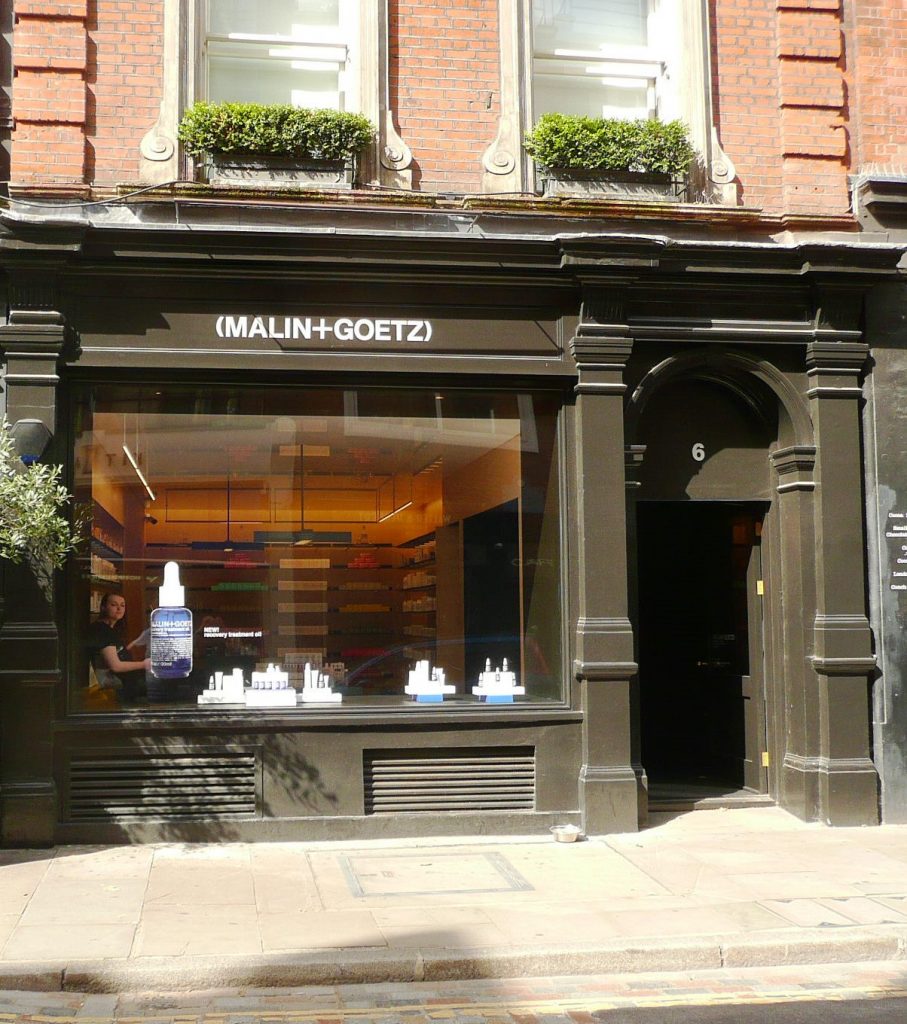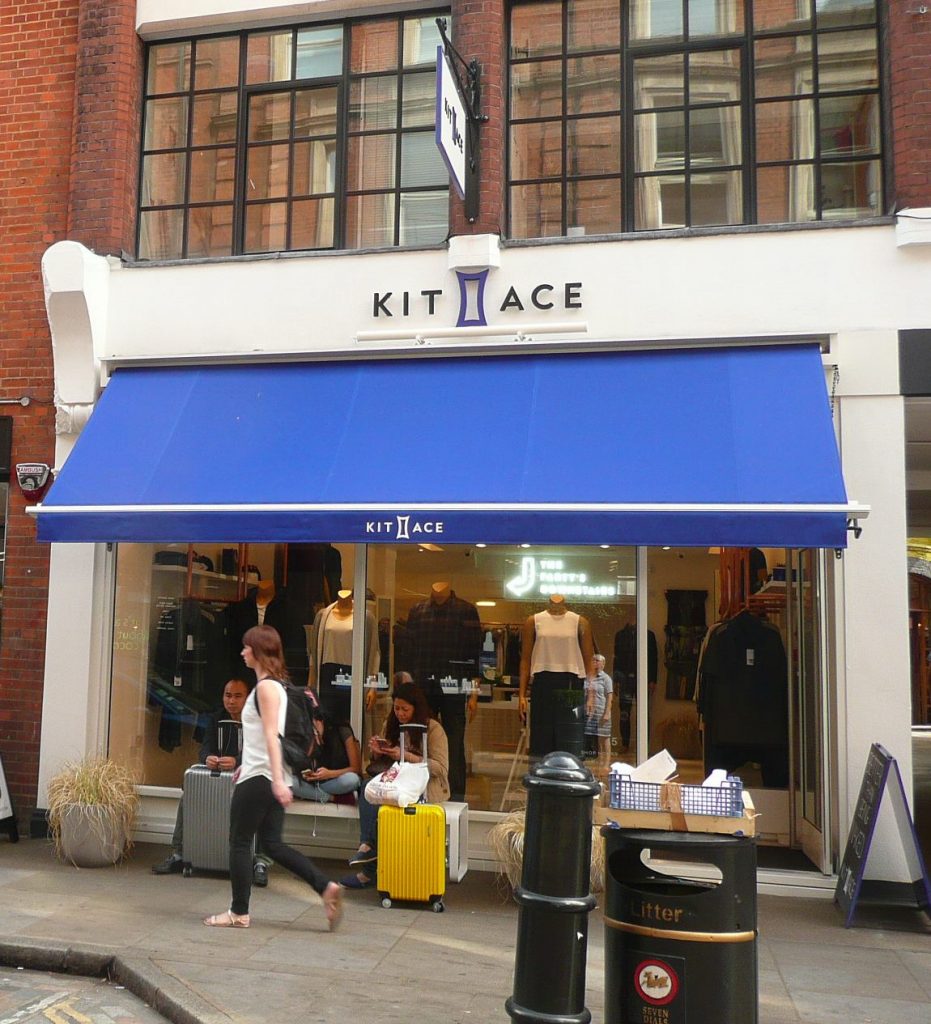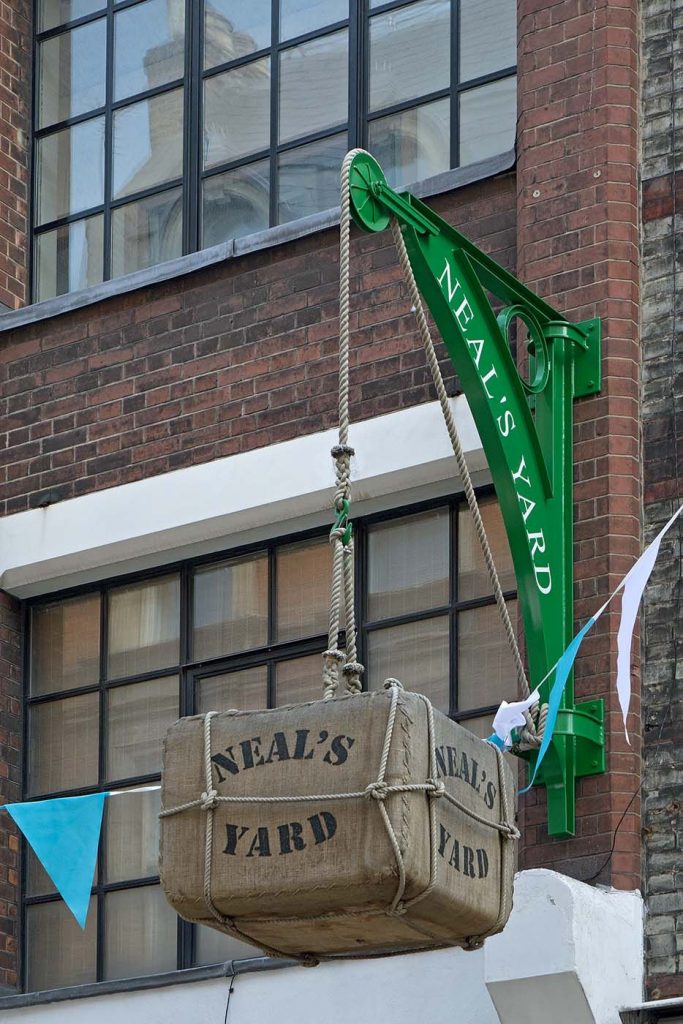The fascia signs at the top of shopfronts are particularly important in a conservation area for determining the overall character of the streets. A well-designed or imaginative fascia sign can give a shop individuality and character without being at odds with its surroundings. In the 19th century, shop signs were a minor art form and Victorian Seven Dials had several sign-painters among its resident craftsmen.
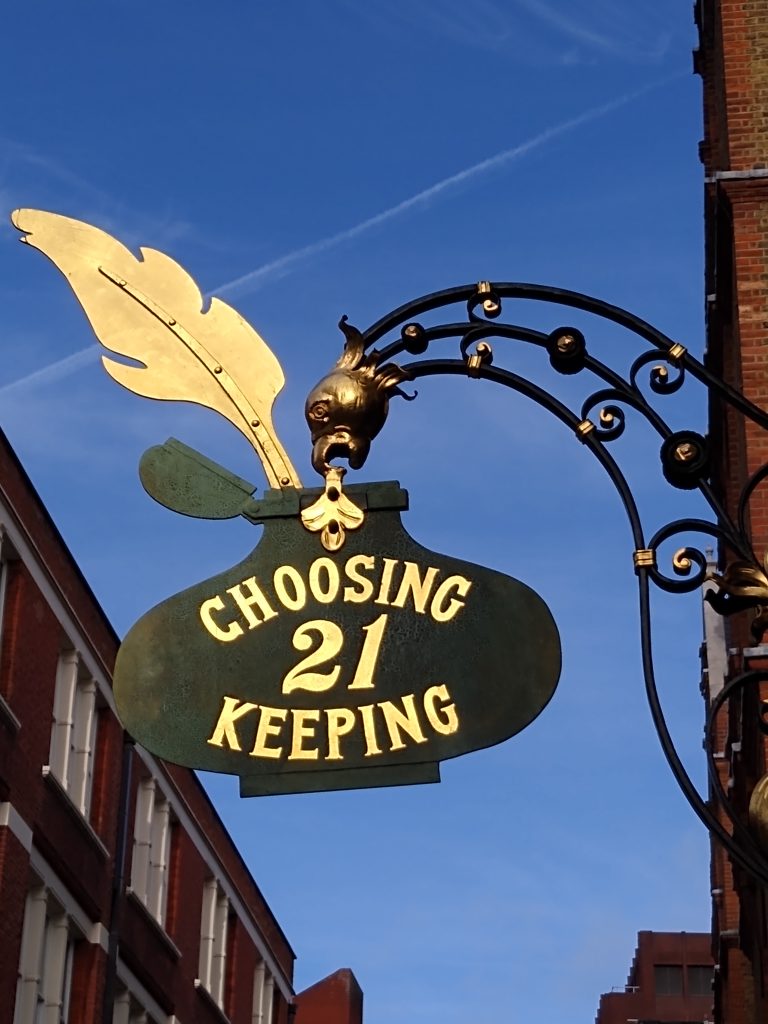
The lettering of signs should relate to the fascia size and be well laid out. Ideally, the letters should occupy two thirds of the space and be centred, leaving a gap above and below and at either end. Painted lettering is always appropriate, though a range of gilded, enamel or other applied lettering can also be effective. In a conservation area good classic typefaces (in particular serifed forms) are preferable to more transient graphics but such details need to be treated on their own individual merits.
Standard internally illuminated Perspex fascias are inappropriate in a conservation area, as the day and night-time appearance will dominate the delicacy of traditional details. Indeed, any light sources must respect the historic qualities of the building without obscuring or damaging details with an overbearing design. Small fittings, brackets and cabling can allow complete concealment within the structure of a fascia sign. Authentic traditional bracket arm lanterns may be desirable for some historic restoration projects.
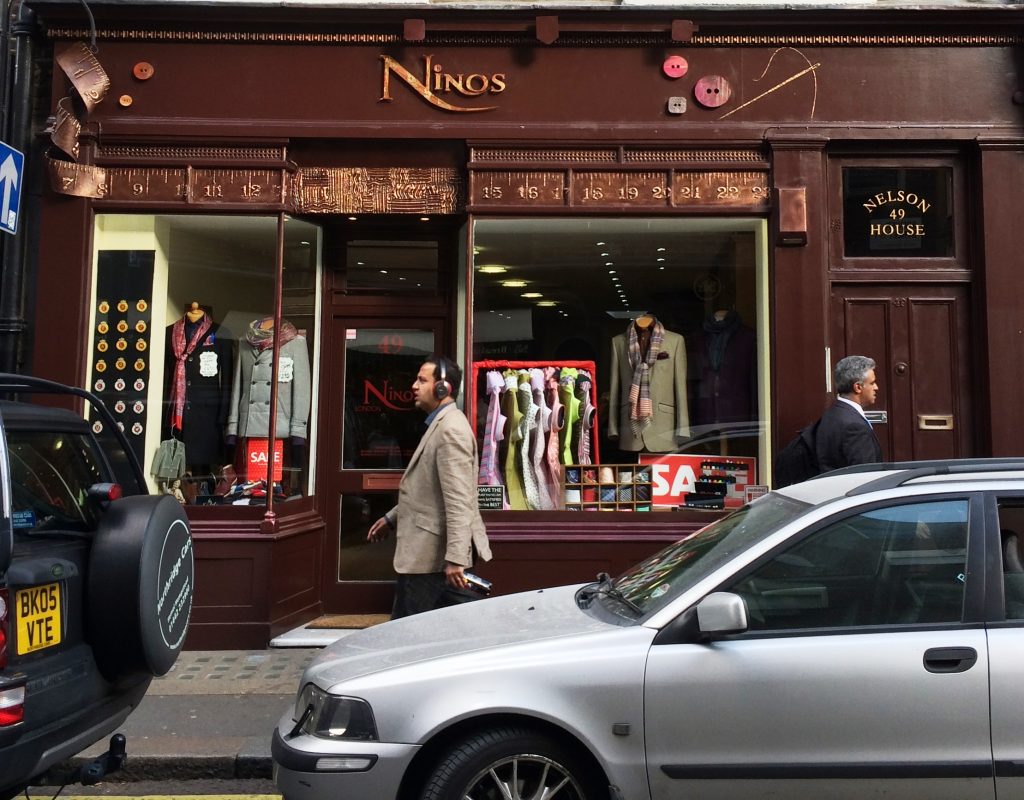
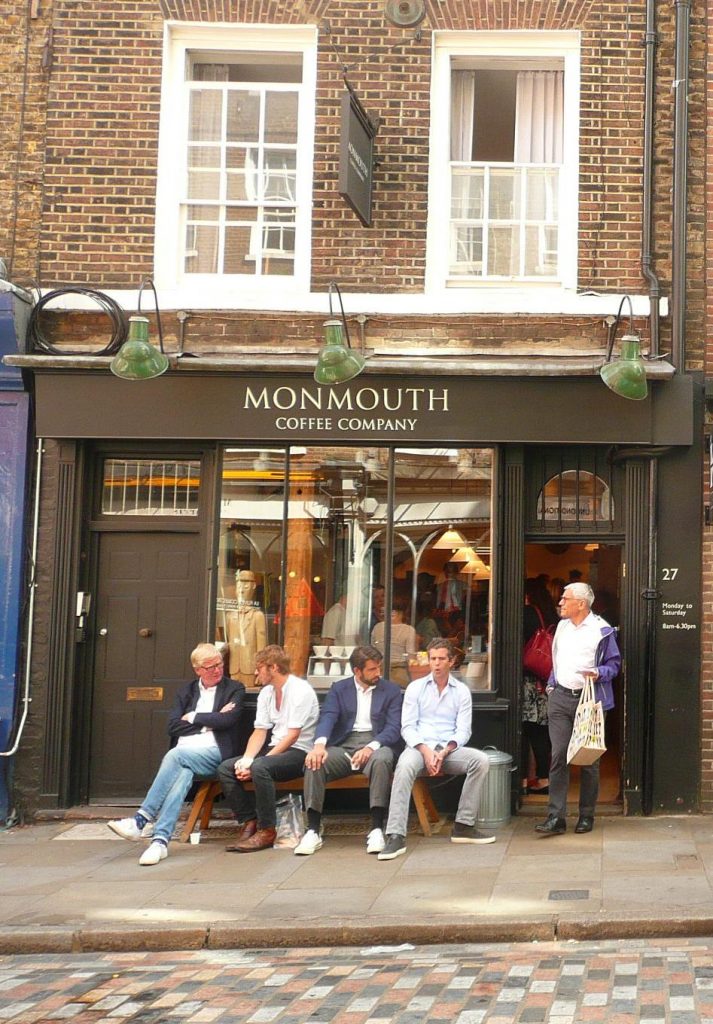
In addition to the fascia sign, there is scope on most shops for a projecting hanging sign. A well-designed, imaginative sign suspended from a traditional iron bracket can enhance the quality of a shopfront and add vitality to a street. Such signs should be related to the character and scale of their building. They must be placed so the underside is a minimum distance of 2.6m above the pavement and the top no more than 4.6m above ground level, but not above first floor window cills, and at fascia level so as not to interfere with the views from first floors. Brackets are often fixed to brickwork at first floor level, or projecting from one of the flanking pilasters, but the sign should be hung at fascia level. The overall area should not generally exceed 0.3 square metres unless express consent has been granted.
Hanging signs need not necessarily be lettered boards. Geometric shapes, heraldry or other symbols, cut outs, decorative ironwork and other examples of modern or traditional craftsmanship are all appropriate, and give variety and life to the streets. Seven Dials already has many good hanging signs of different dates, such as Comyn Ching’s carefully preserved Victorian ironwork sign, and it would be a worthwhile enterprise to add some new examples to adorn the streets.
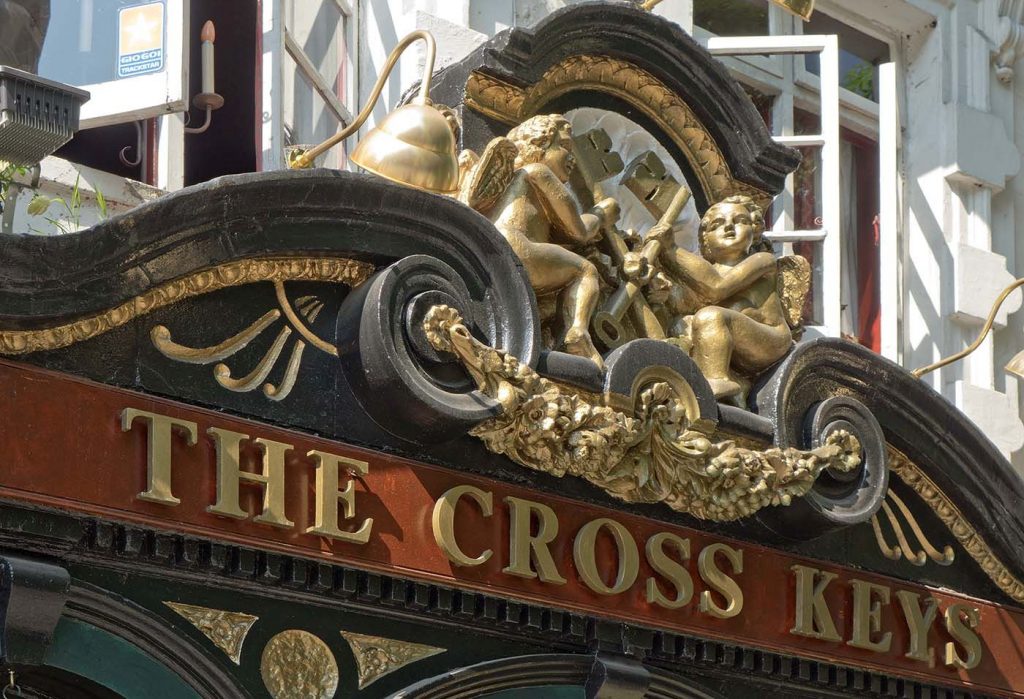
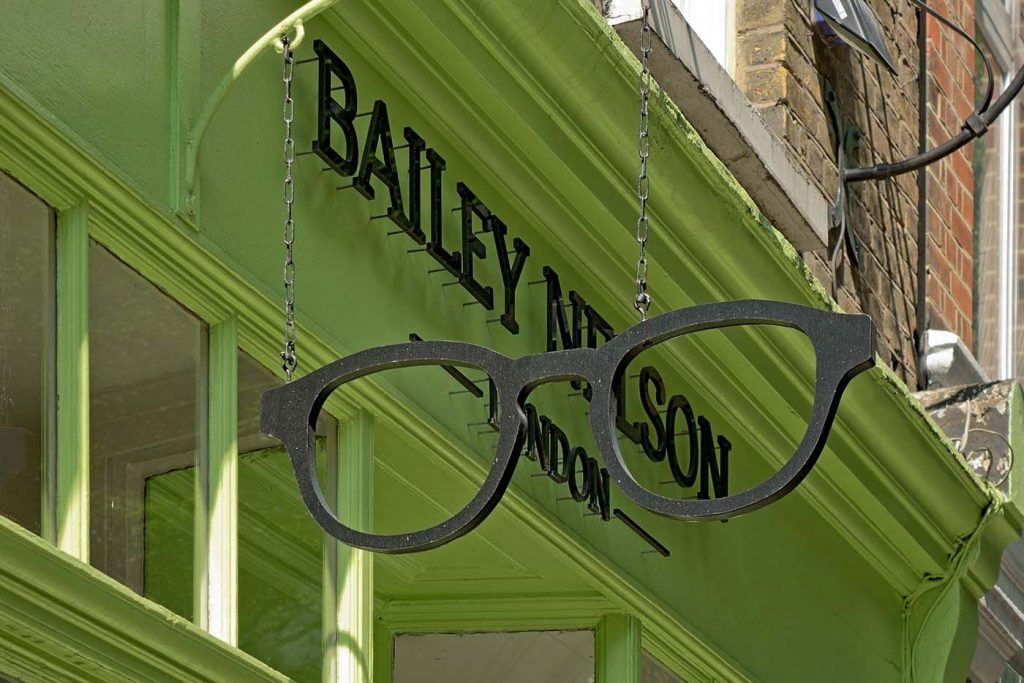
Whilst shop and ground floor businesses should have projecting signs (one per business – even if a property may occupy two plot widths, or if on a corner, one per façade) below the level of first floor window cills, some buildings such as public houses, theatres and some former warehouses may sometimes have signs at higher level. Generally, this exception should only apply to these specialised buildings, the character of which may determine the appropriate type and position. Additionally, some professional offices have gold leaf lettering on the glass of first floor windows, a tradition that should be encouraged.
Consent is required for some signs and ‘deemed consent’ is granted by Regulations for smaller and unlit signs and the local authority should be consulted in advance.
Section 1.9 of Camden Planning Guidance Advertisements states that “generally advertisements will only be acceptable at fascia level or below. Advertisements above fascia level can appear visually obtrusive and unattractive and, where illuminated, they can cause light pollution to neighbouring residential properties.”
In the Seven Dials Conservation Area Statement, SD19 states that “signage will usually consist of one fascia sign and one projecting sign. Shop signs should not normally be above ground floor level.”
